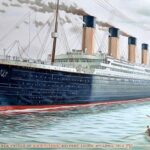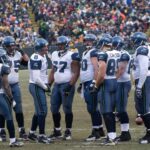On April 12, 1861, Americans went to war against one another. It wasn’t only the North against the South or the Union against the Confederacy. It was friends and even family fighting on opposing sides in battle after battle.
At least 620,000 lives were lost, which was 2% of the American population. If the U.S. suffered that same percentage of casualties today, the number of deaths would exceed 6 million people. Everyone in the nation was affected by the losses in some way by the time the war ended in 1865.
By the second half of the 19th century, photographic technology had advanced greatly. The Civil War is considered the first major conflict to have been photographed extensively. Following are just some of the pictures that display life during the war.
Soldiers Built Their Quarters
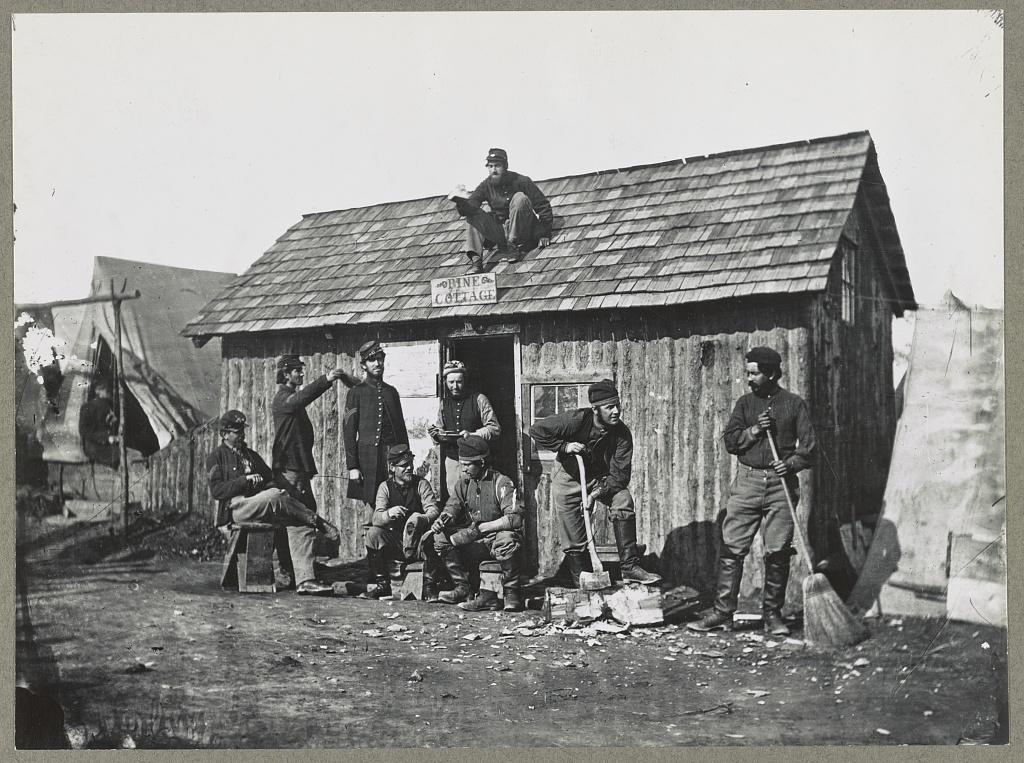
Fighting during the Civil War went on for several years, and troops were on the move across the country. As they traveled in warmer weather, they slept in tents or the open air. In the harsh winter months, they often had to build more permanent encampments where they could hunker down. They built huts out of whatever resources were available, such as this pine cottage.
Soldiers Were Drafted
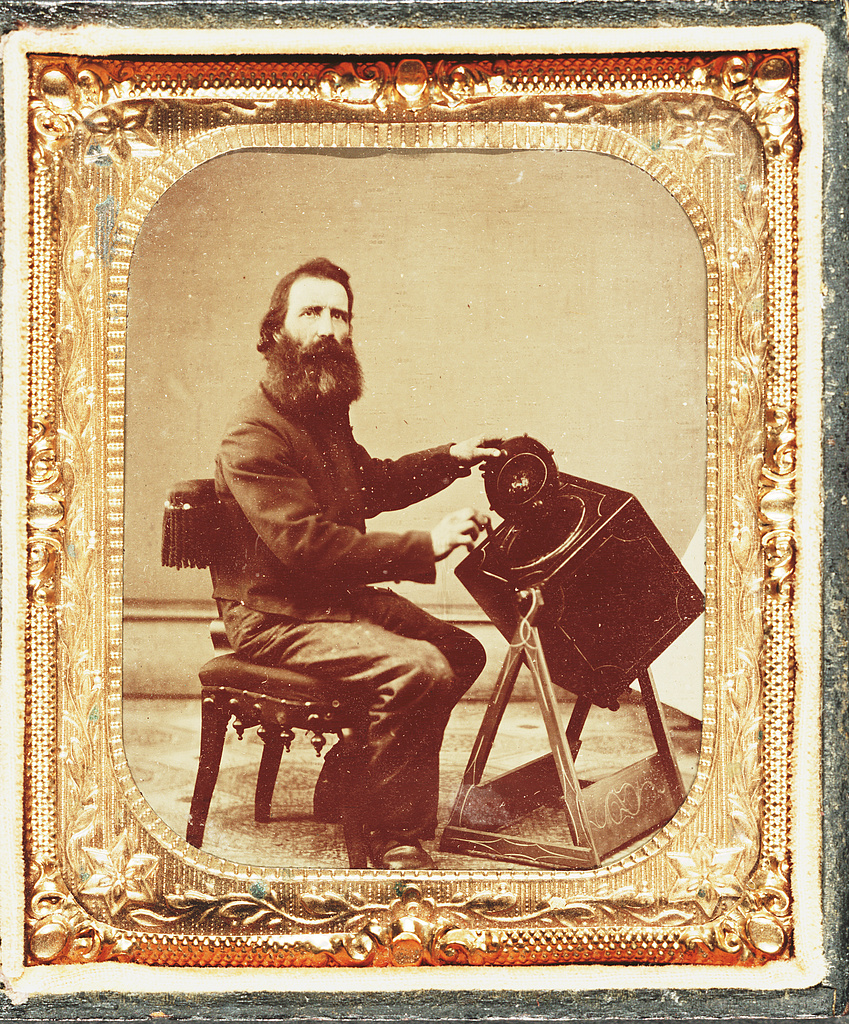
Both the North and the South drafted citizens to serve during the Civil War. Men could buy their way out of a draft or find someone to go in their place. Although it is estimated that thousands of people paid hundreds of dollars to avoid being drafted, a payment typically only spared someone for a single lottery. This image shows an induction officer with a draft lottery box.
Even Children Went To War
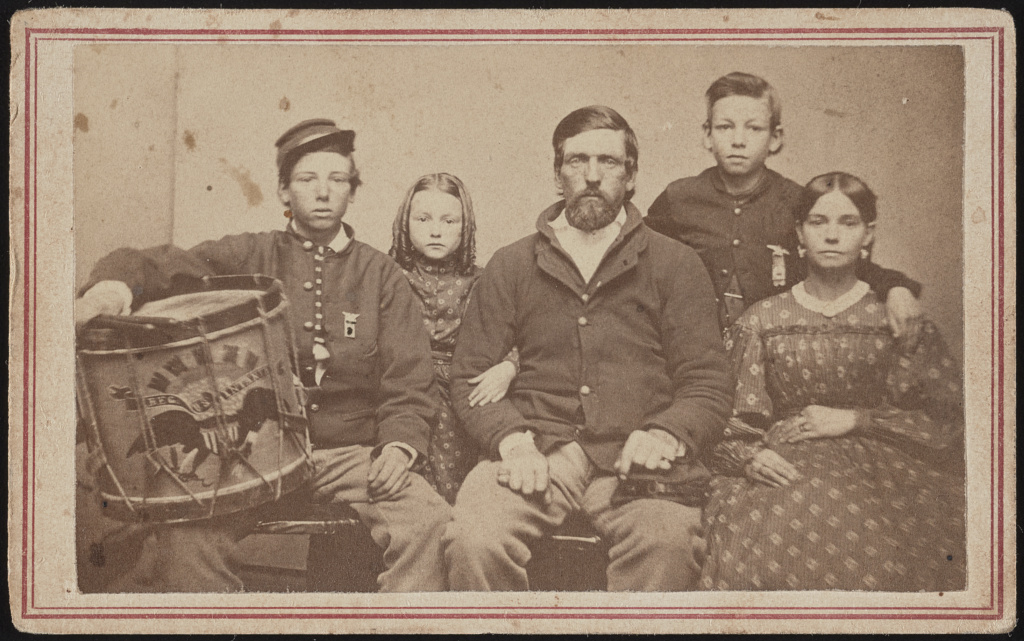
The Civil War is sometimes referred to as “The Boys’ War,” and not without reason. Although the minimum age for enlistment was 18, recruiters often overlooked the law. It is estimated that as many as 20% of soldiers were under 18. Many of the youngest served as drummer boys, such as the young man in this picture whose father was also a soldier.
Many Women Became Nurses
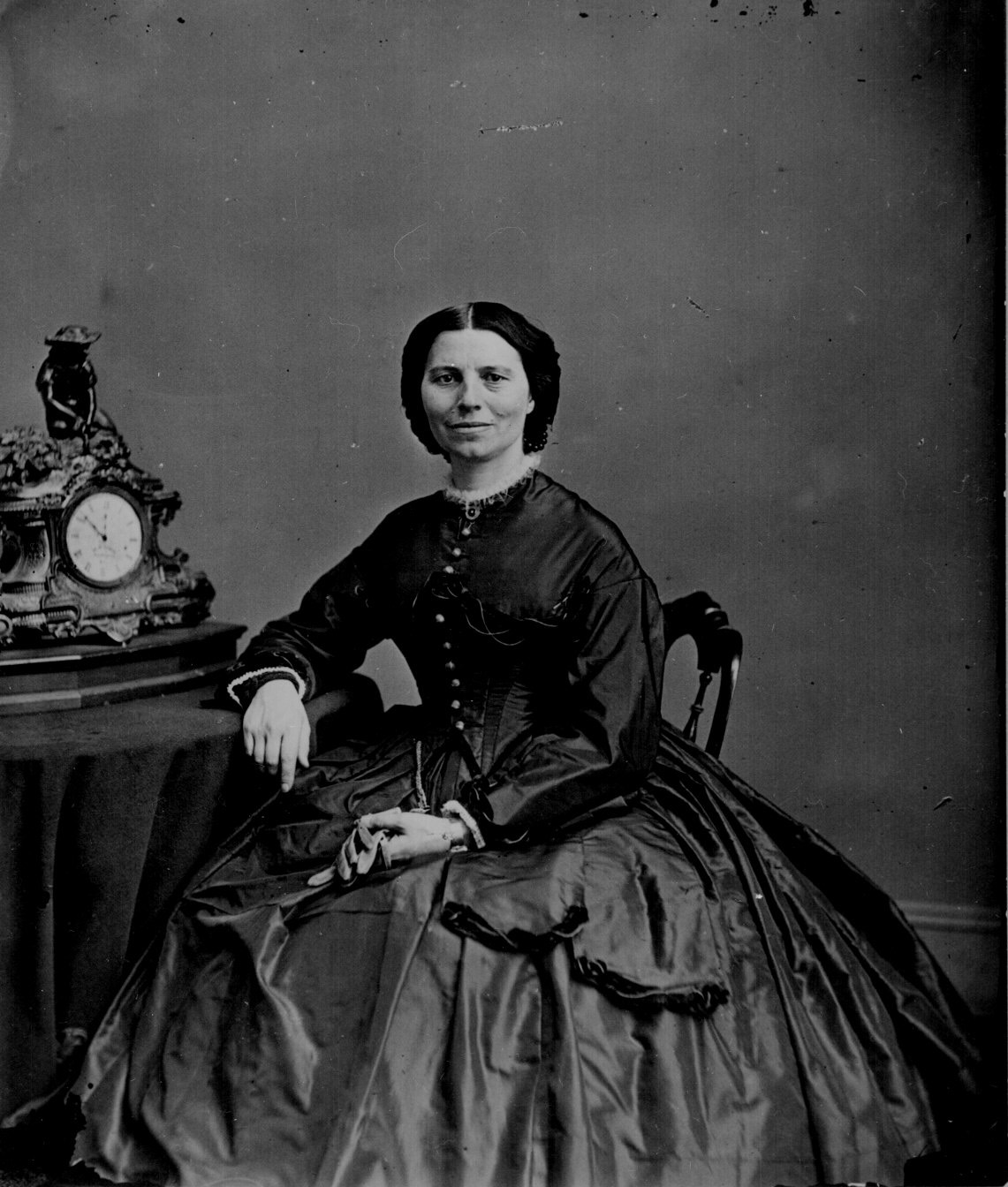
If asked to describe a nurse, your first thought might be of a woman. However, before the Civil War, most nurses were male as women were not expected to work outside the home. Due to a lack of manpower, women were allowed to take on nursing jobs, changing the landscape of the industry. Some of the most well-known Civil War nurses include Clara Barton, shown here, who founded the Red Cross, and “Little Women” author Louisa May Alcott, who was also an abolitionist and a nurse.
Escaped Slaves Were Known as Contraband
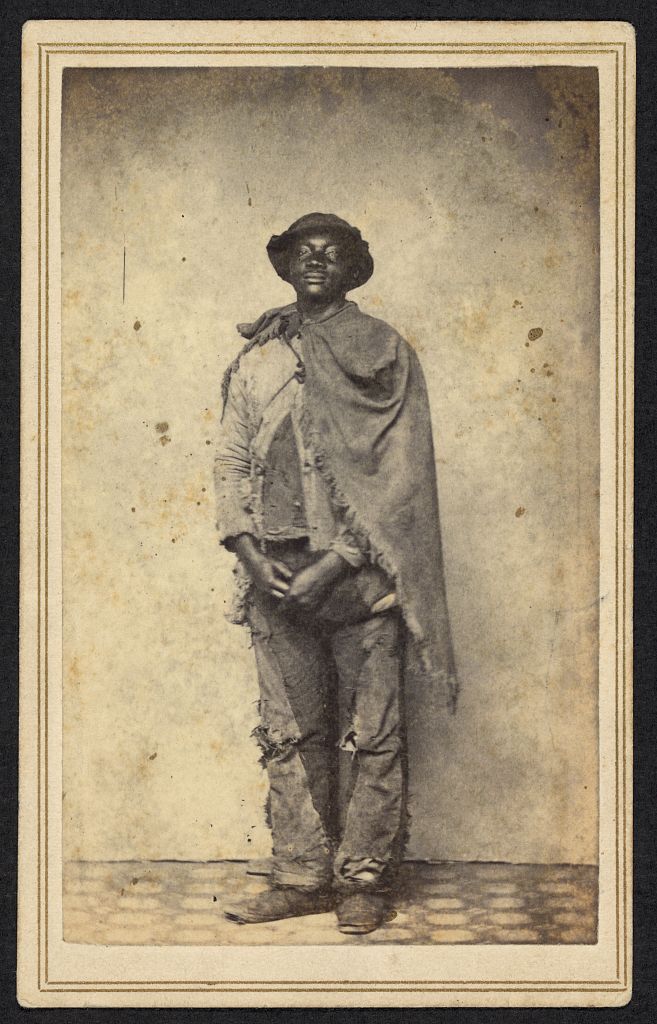
Thousands of slaves, such as this man pictured (name unknown), escaped their masters and sought protection behind Union lines. There was no policy in place regarding how to deal with escaped slaves until Union Maj. General Benjamin Butler classified them as “contraband of war” and declared them free. The former slaves often worked as laborers on fortifications.
African-American Troops Faced Opposition
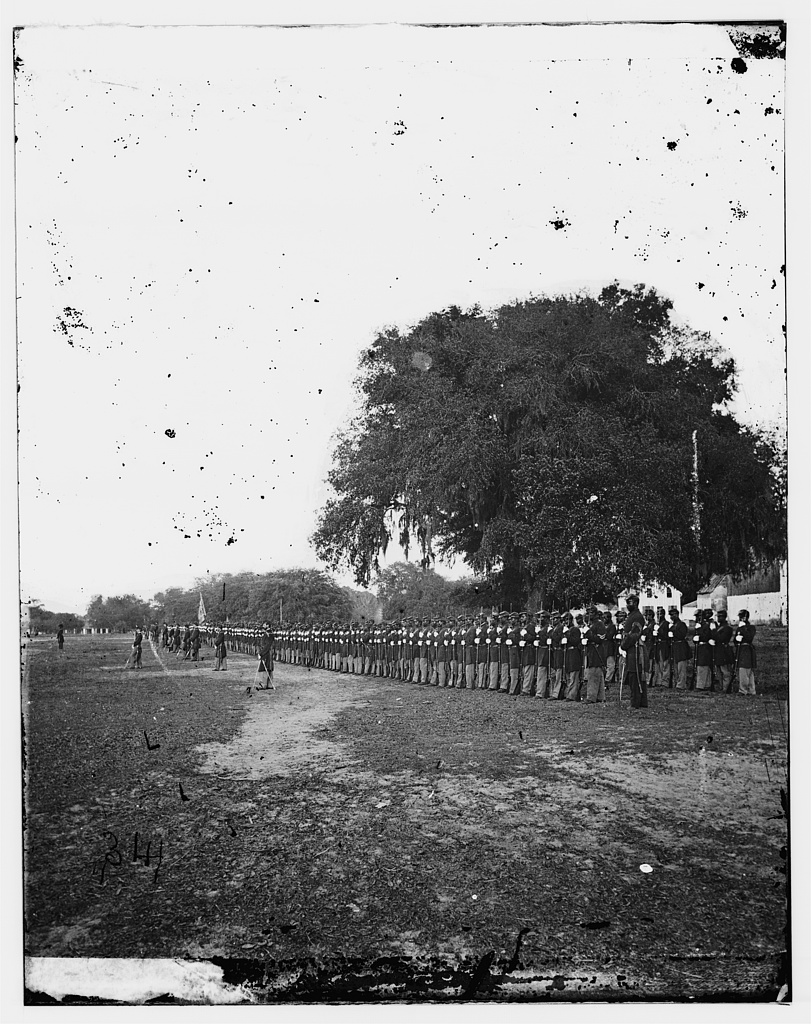
When Abraham Lincoln signed the Emancipation Proclamation in 1863, black soldiers could officially fight in the U.S. Army for the first time. The Union Army needed soldiers and many African American men were eager to fight. However, the North was reluctant to use the new troops in battle. Not only were they in grave danger if captured by Confederate troops, but they also faced racism from many Union officers. Most black Civil War soldiers were given jobs such as carpenters, cooks and teamsters.
The President Visited The Troops
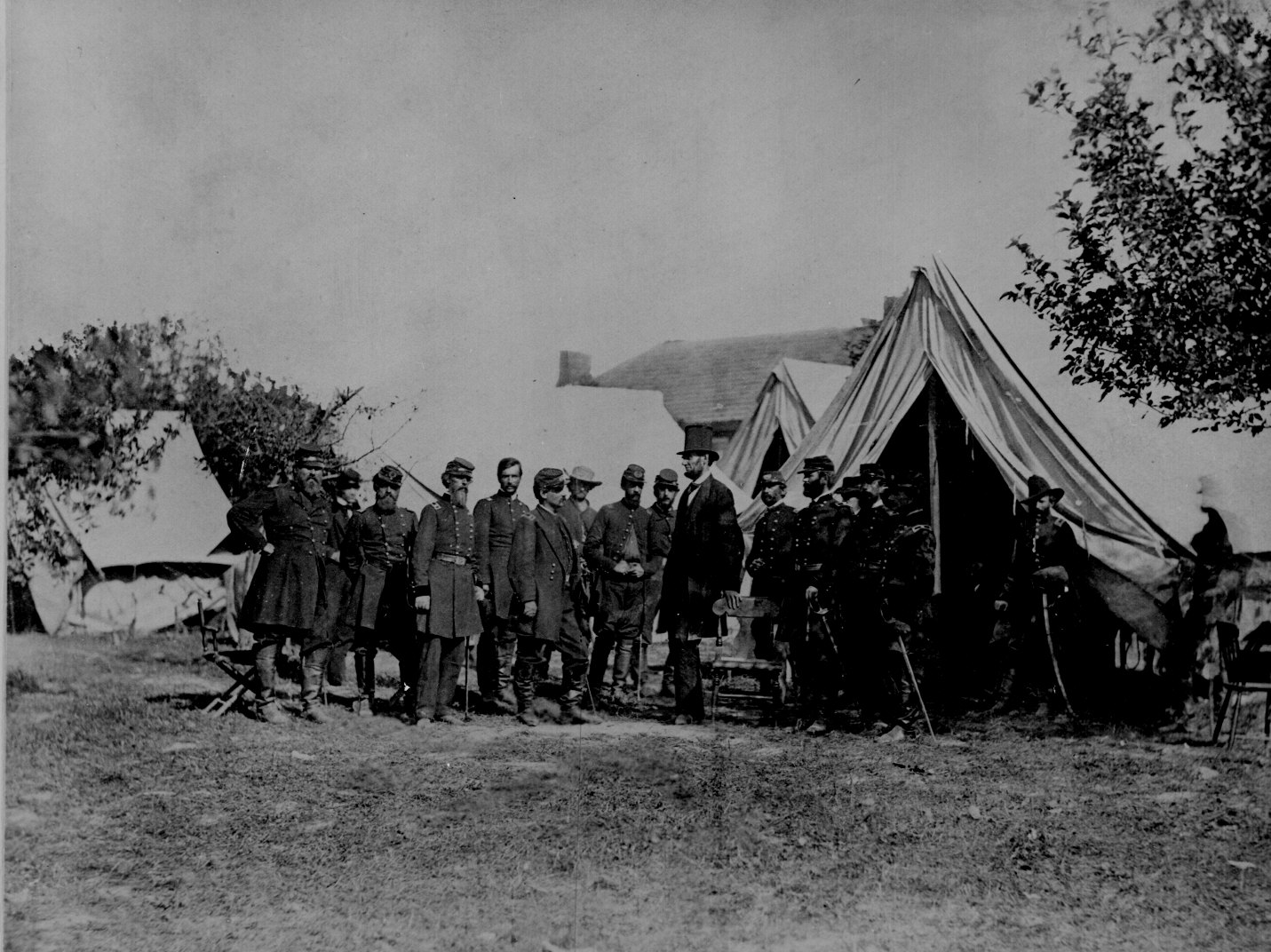
President Lincoln made many visits to Army hospitals, military headquarters and even the battlefield. In this photo, Lincoln was visiting the battlefield of General McClellan and his staff at Antietam, Maryland, in 1962. Two years later, the president was nearly shot by a sniper while visiting Fort Stevens in Washington, D.C.
They Used Heavy Artillery
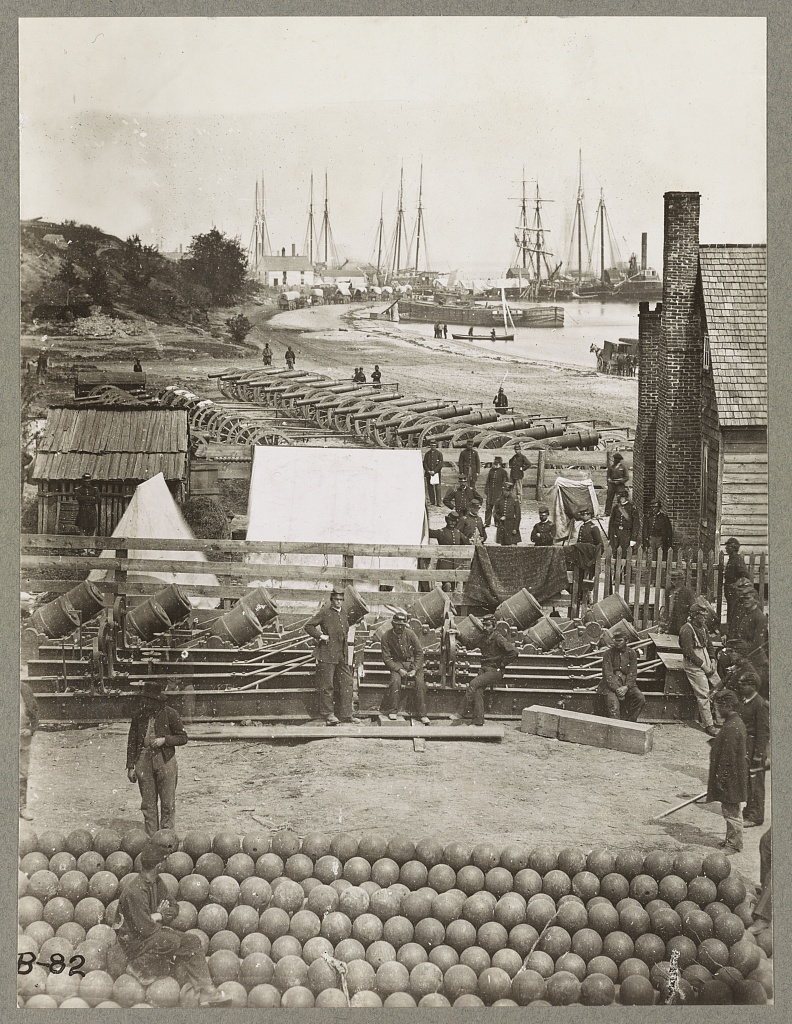
Soldiers in the Civil War used smaller weaponry, such as rifles, muskets, knives and revolvers. However, they also made use of cannons. This image depicts a Civil War scene in Yorktown, Virginia, in 1862.
Sometimes, They Pulled Out the Big Guns
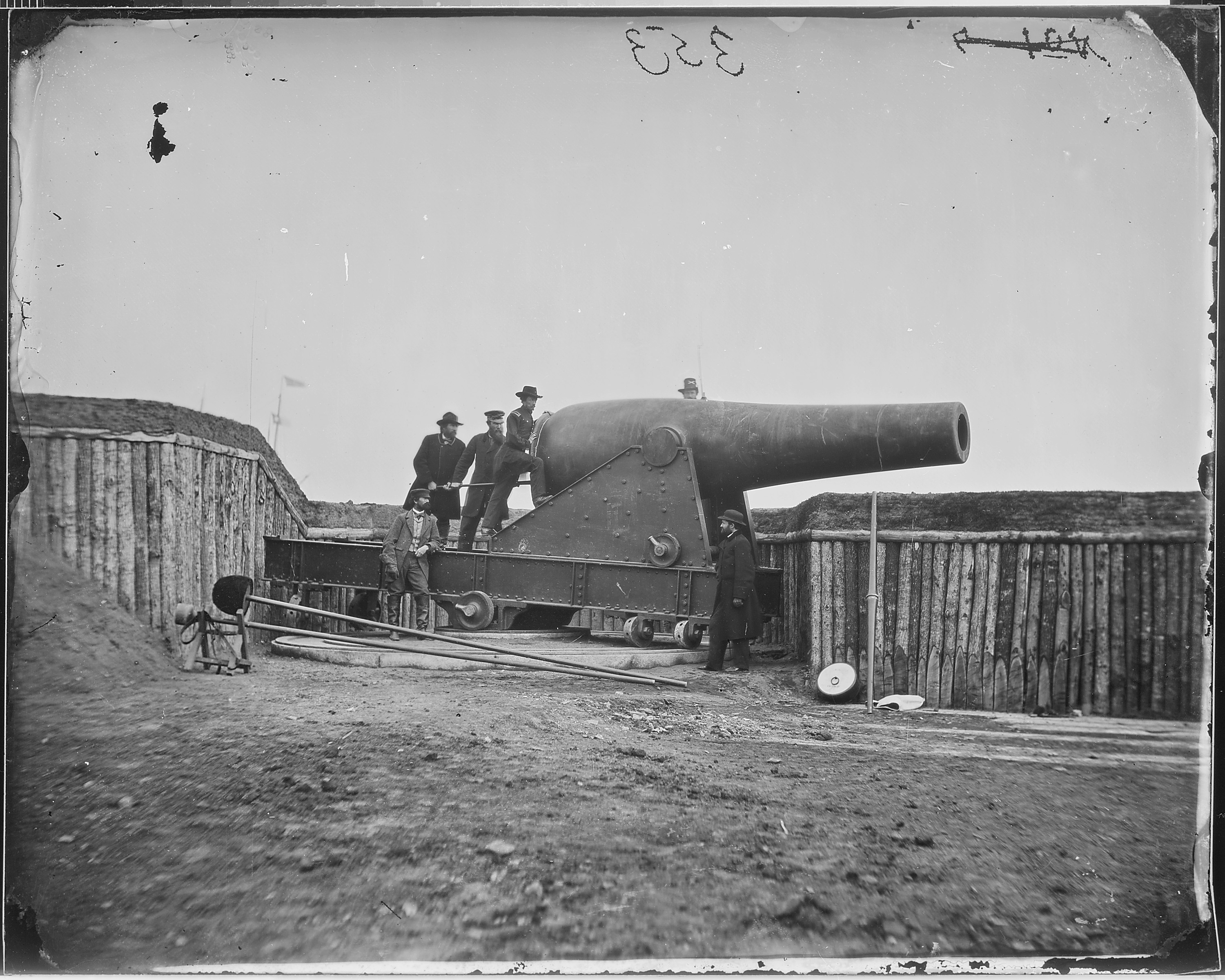
The military used a wide range of cannons during the war. The largest was called the Rodman Gun. This “gun” weighed more than 110,000 pounds and could fire a 1,000-pound projectile 4.5 miles.
They Hauled Supplies

It was up to soldiers to carry as much as possible. They toted everything from ammunition and first-aid supplies to food and water. The typical load a soldier carried weighed about 50 pounds. Discarded items were loaded into Quartermaster wagons, which followed the troops.
They Had Some Downtime
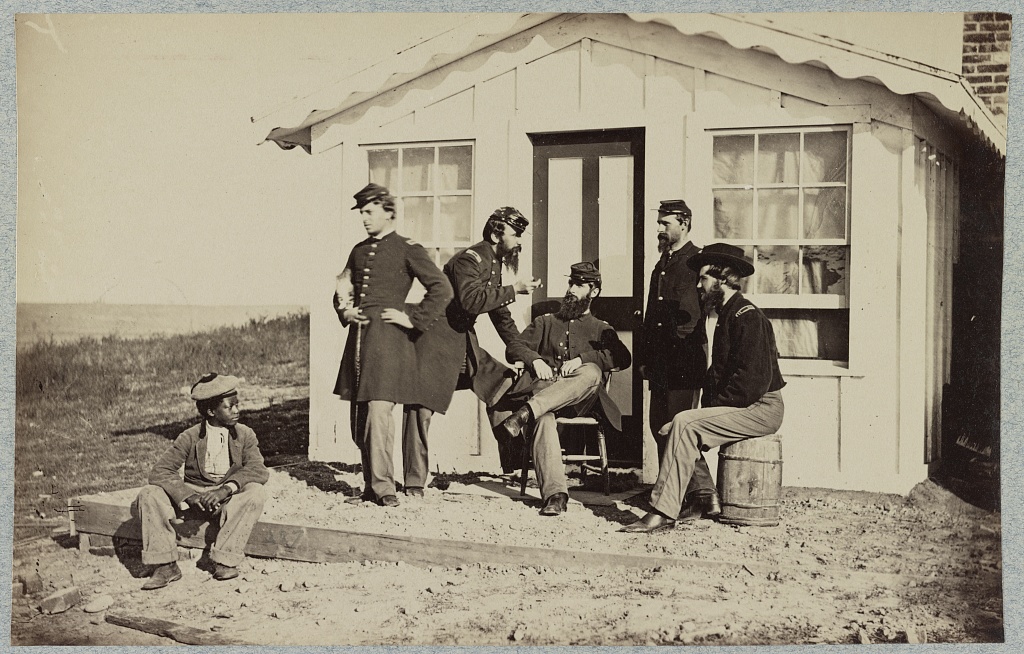
Soldiers weren’t always engaged in battle. Between drills and fighting, they performed chores such as cooking and cleaning. When they had time to relax, they often passed the time by playing cards, singing songs or writing letters home.
Scientists Helped the War Effort
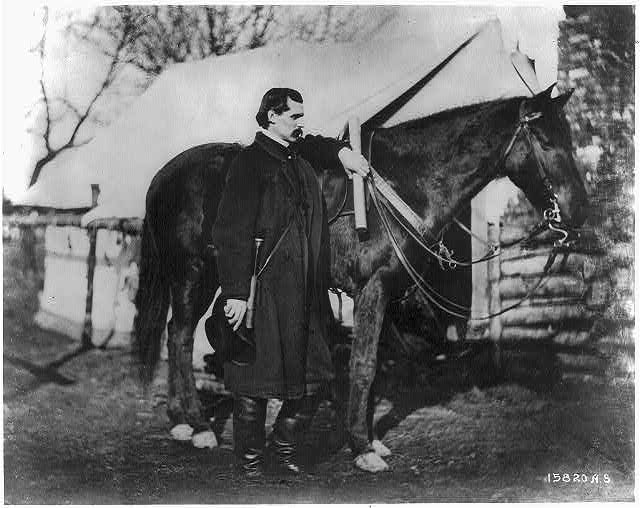
Although he carried the title of professor, Thaddeus Sobieski Constantine Lowe (pictured here) never completed a formal education. Lowe was an American patriot and inventor. President Lincoln appointed Lowe Chief Aeronaut of the Union Army. He is now considered the grandfather of the United States Air Force.
Military Balloons Were Used for Intelligence
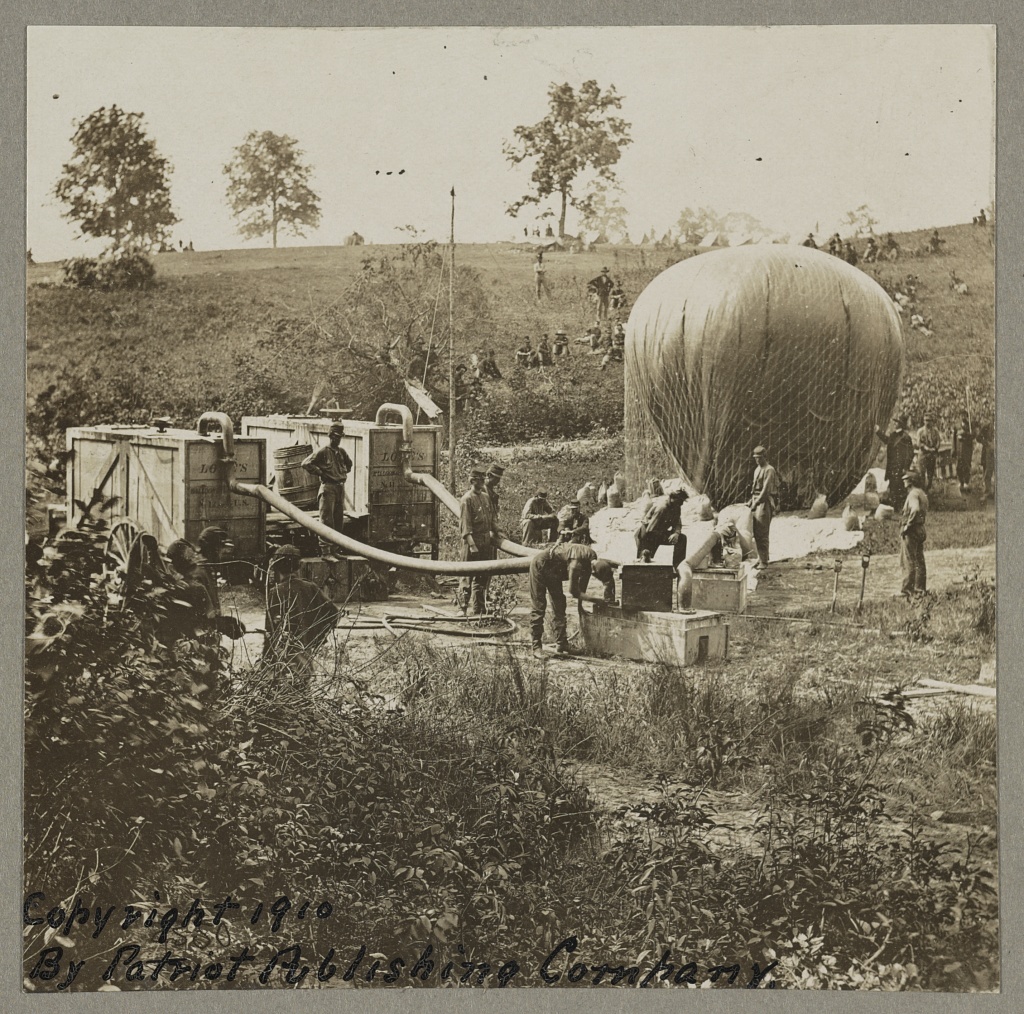
Professor Lowe constructed seven balloons while serving as a civilian under General George McClellan. He used the balloons to spy on the Confederate Army.
Artists Captured Images For Publications
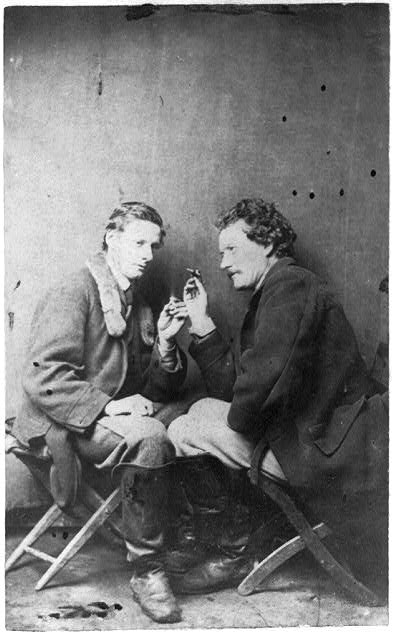
James Walker and Theodore Davis, pictured below, were Civil War artists. Davis was a special writer for “Harper’s” who submitted writings and sketches throughout the war. Walker had been recruited as an interpreter for General Winfield Scott during the Mexican War and went on to sketch battles during the Civil War that became known as epic visual records.
Some Traveled By Rail
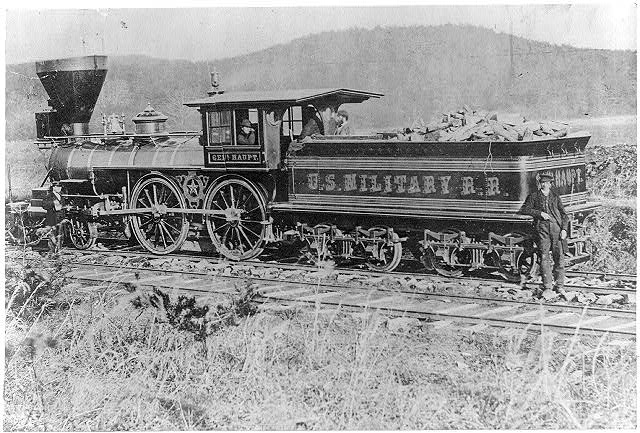
After graduating from West Point in 1835, Herman Haupt became a railroad surveyor and engineer. More specifically, he became an innovative civil engineer, architect and bridge construction expert. But at the request of U.S. Secretary of War Edwin Stanton, Haupt returned to the Army. Colonel Herman Haupt had command of every U.S. military railroad in the Eastern theater.
They Cooked In Huts
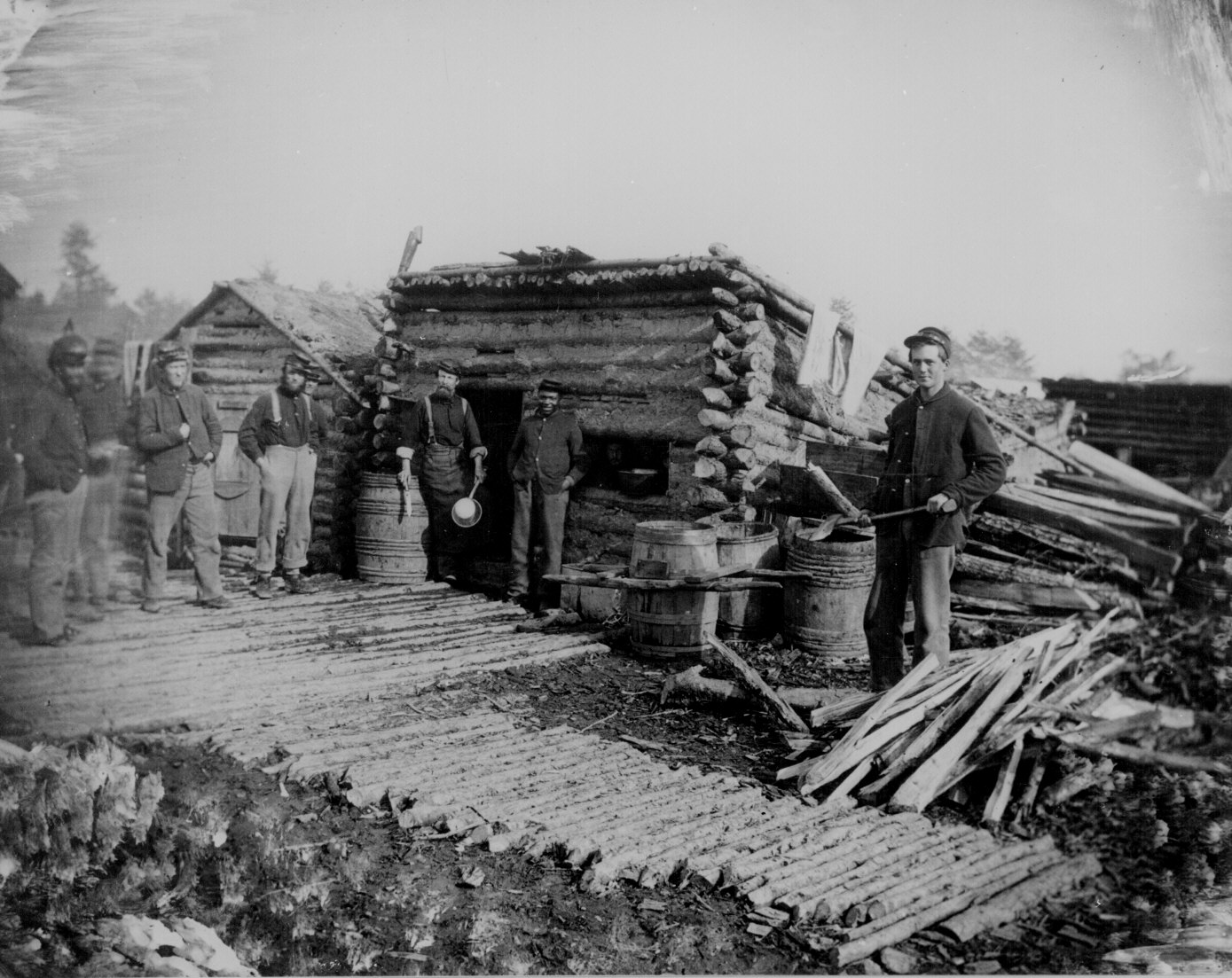
There were no mess halls or chow lines during the Civil War. For every 100-man company, one person was trained as a skilled cook. Titled “Cook Major,” these soldiers were tasked with the responsibility of rationing and preparing food. Despite this, many men suffered and even died from unsanitary conditions and poorly cooked food.
Soldiers Rested When They Could
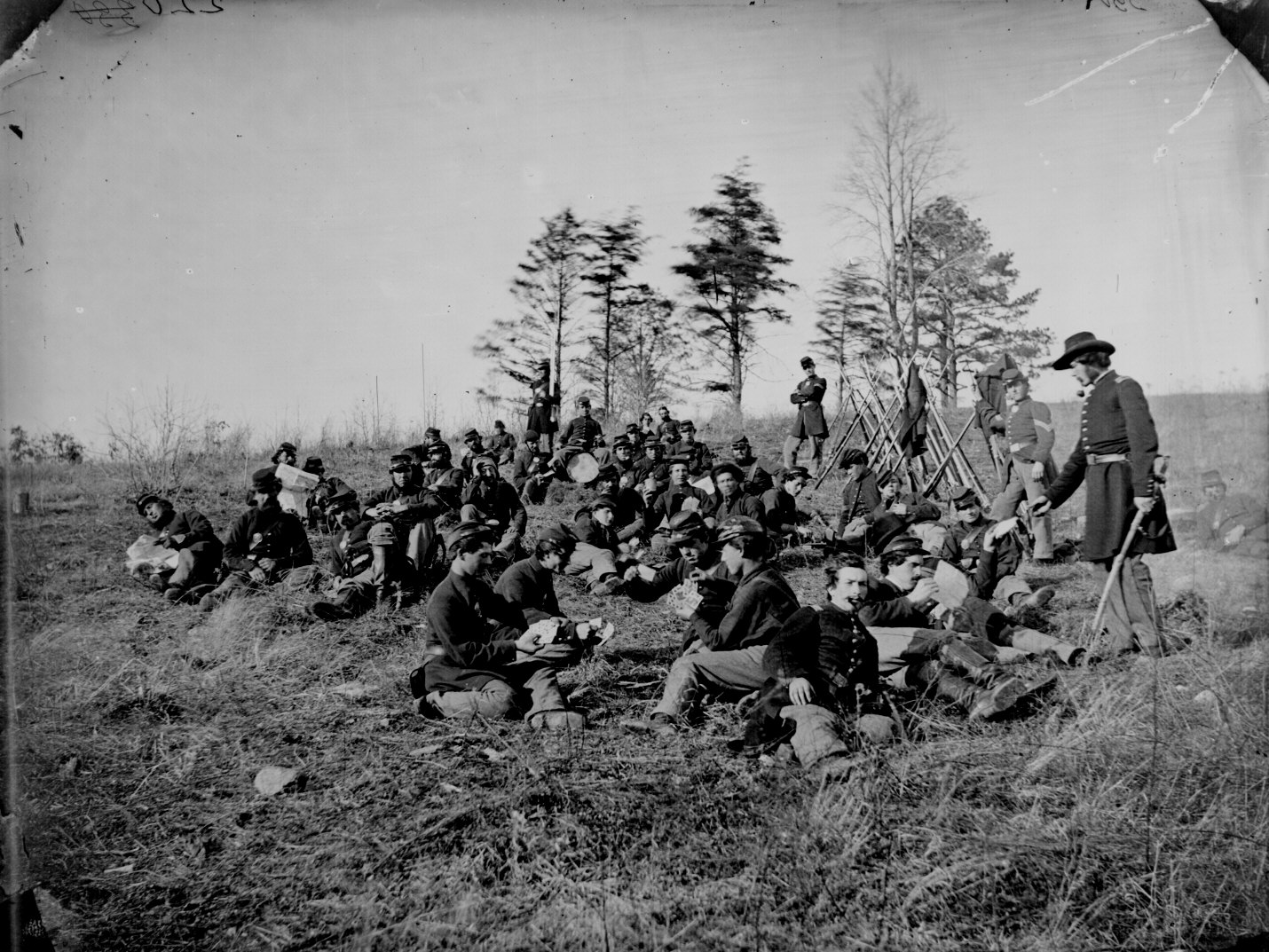
Life as a Civil War soldier was arduous. Between twice-daily drills, chores and grueling battles, many men faced exhaustion. Soldiers, such as these men resting after a drill in Petersburg, Virginia, in 1864, grabbed moments of R&R whenever possible.
Fife And Drum Corps Served A Purpose
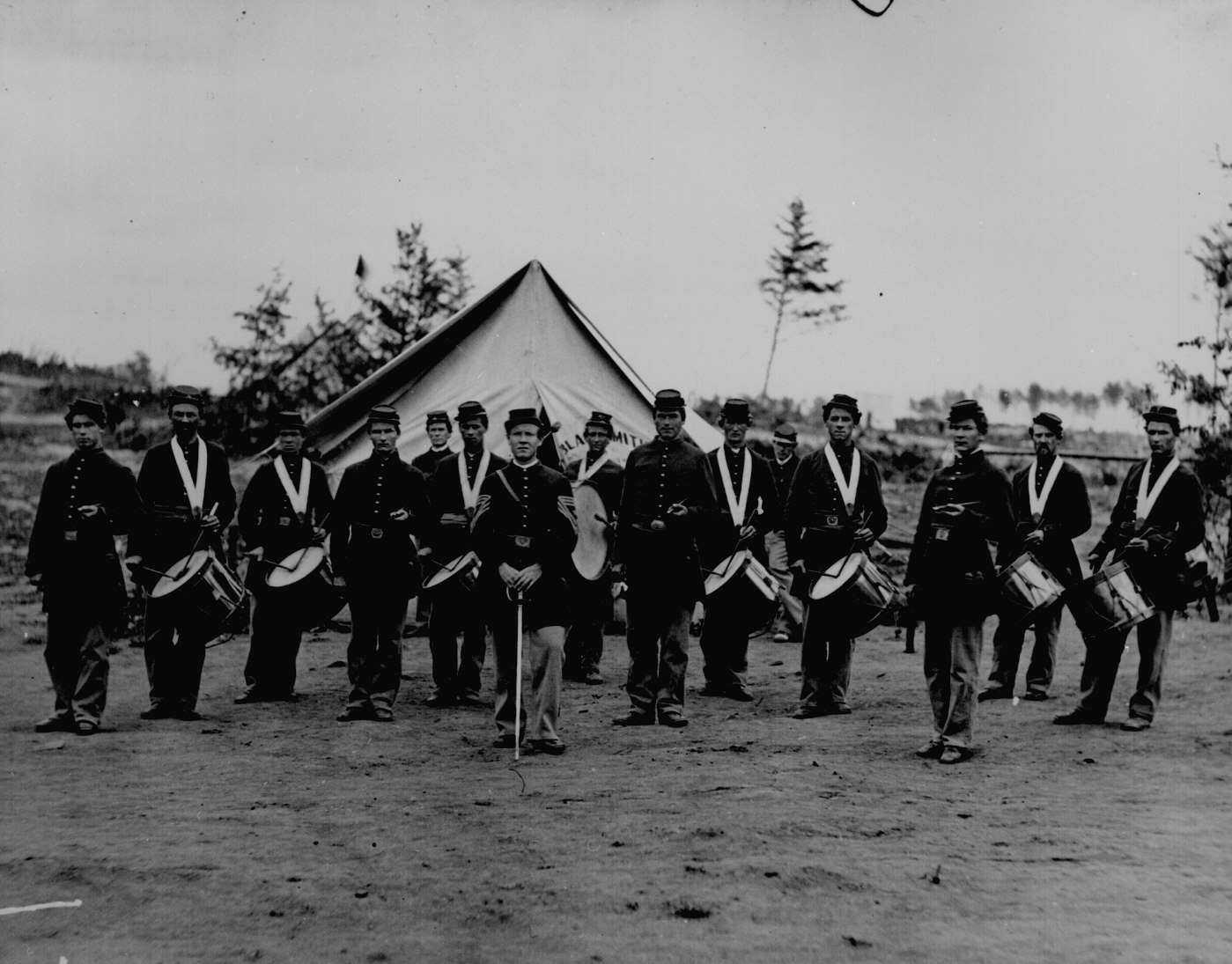
The drummers and fifers who accompanied troops weren’t there for pure entertainment. The music, called “field music,” actually had three purposes. It could be tactical, with signals to march, halt, charge, retreat and more; it could be used for camp duty, regulating routines such as dinner or lights out; and it could be ceremonial.
Religious Services Were Held
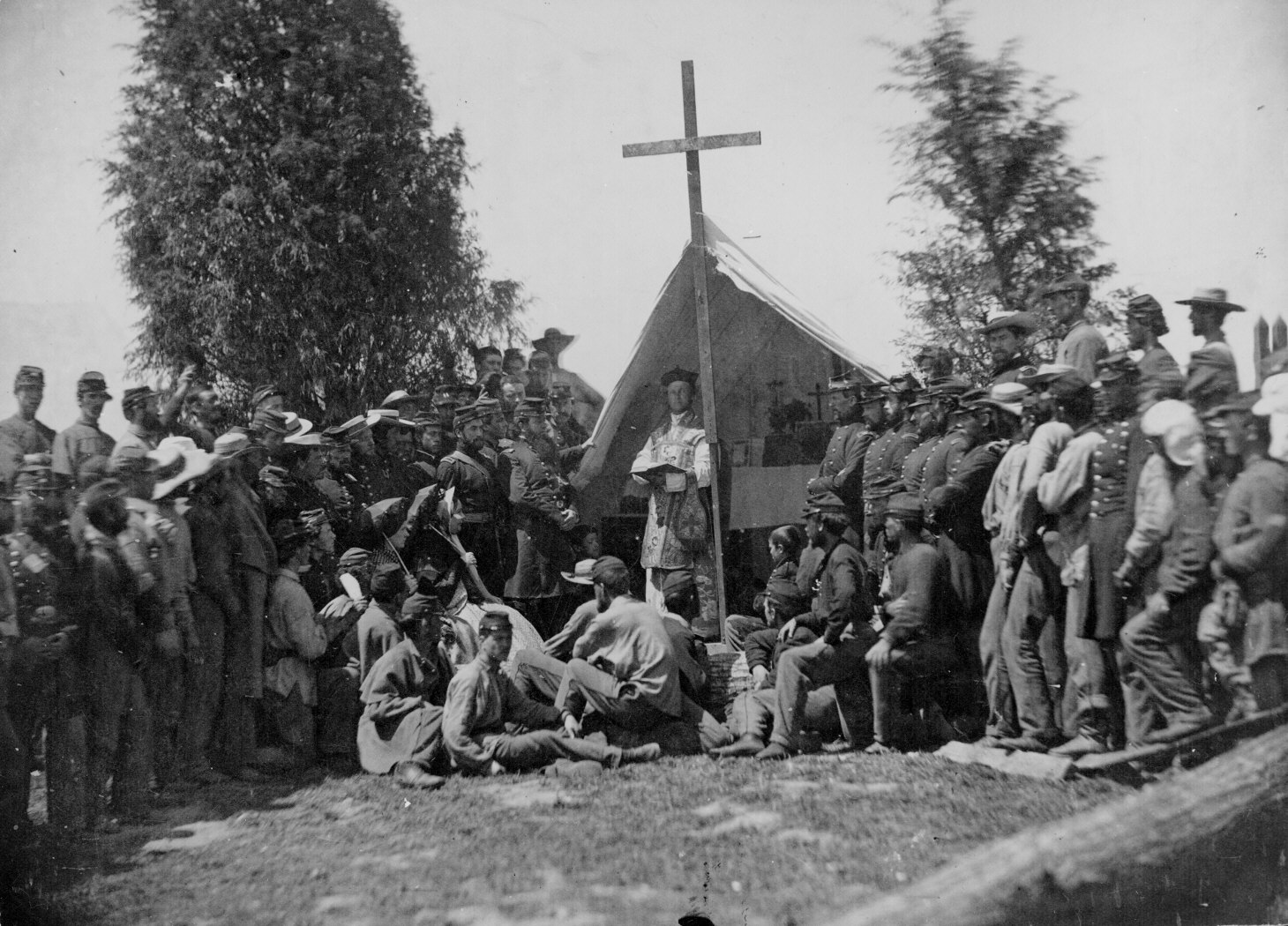
Chaplains served in the military for as few as three months and as long as three years during the Civil War. More than 2,300 men and one woman served as chaplains in the Union army. About 1,300 men were chaplains for the Confederates.
Ambulances Carried The Wounded
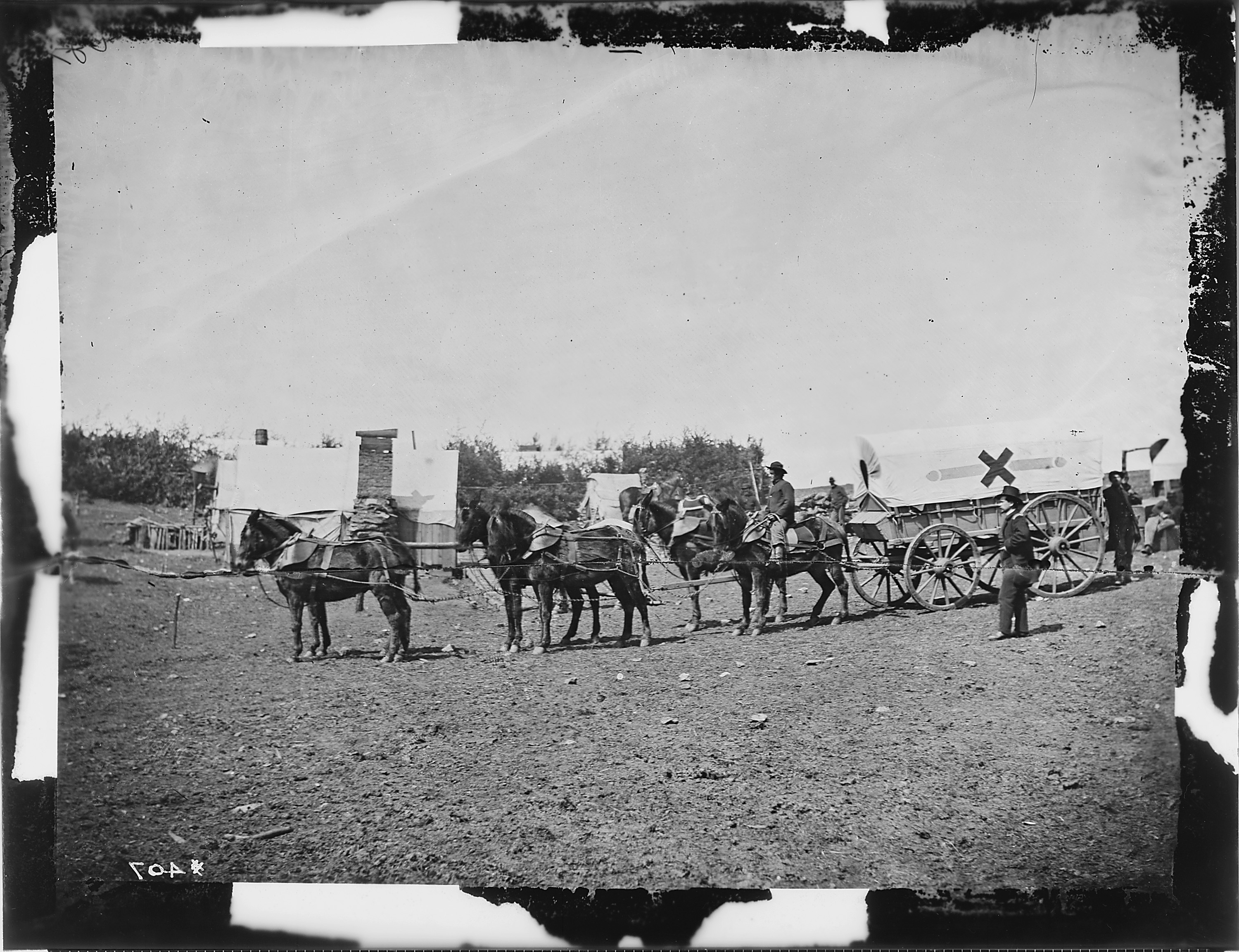
During the war, nearby buildings such as homes and churches were quickly converted into field hospitals. These locations regularly treated both Confederate and Union soldiers. The ambulance-wagon was designed to more quickly transport victims to a place where they could receive medical aid.
Some Of The Wounded Were Left Behind
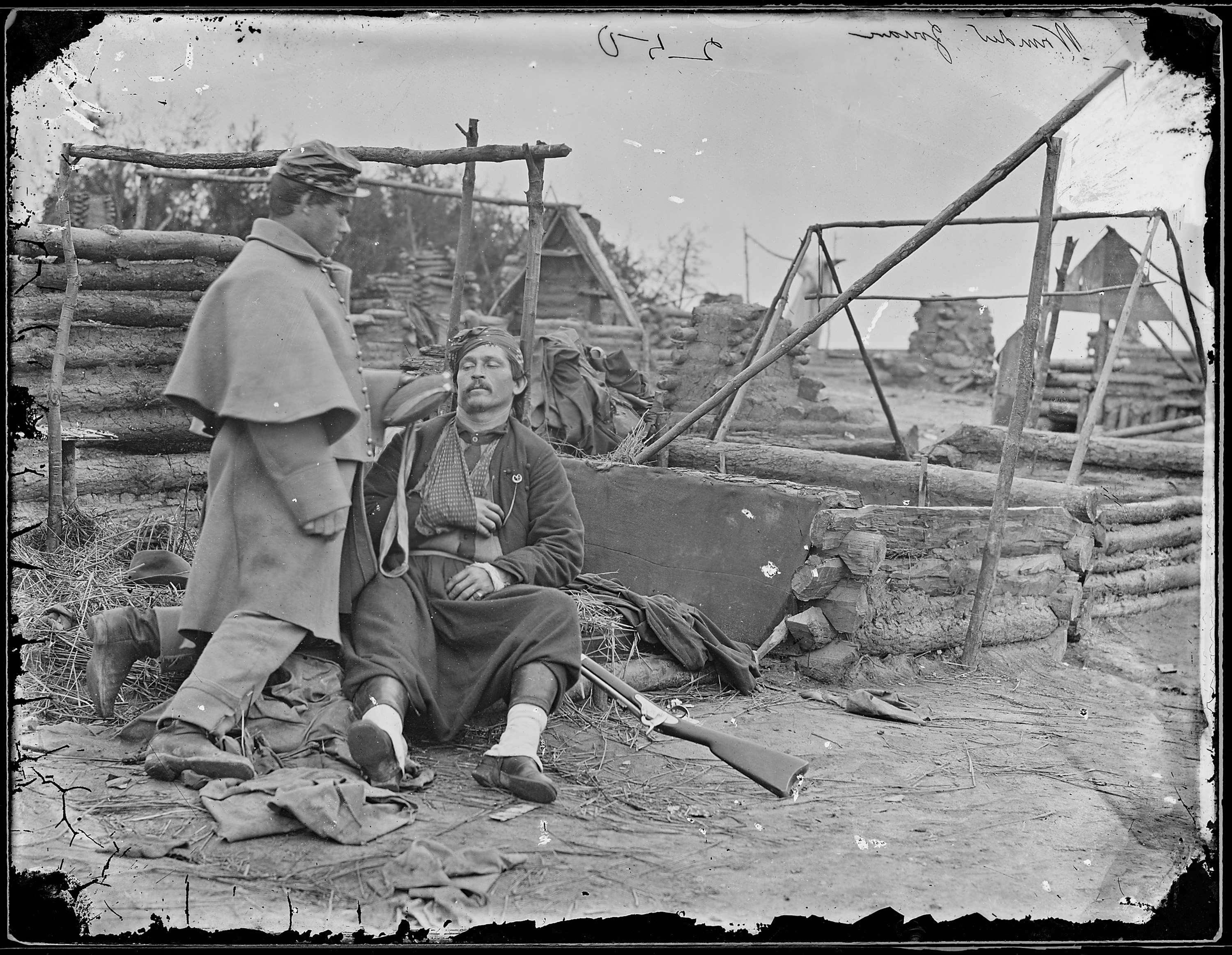
Some circumstances prevented troops from aiding others who were wounded. If they were forced to make a hasty retreat, they might have had no choice but to leave the injured behind, as in this photo of a wounded soldier in a deserted camp. Many were taken prisoner by the opposing army.
Other Injured Soldiers Awaited Help
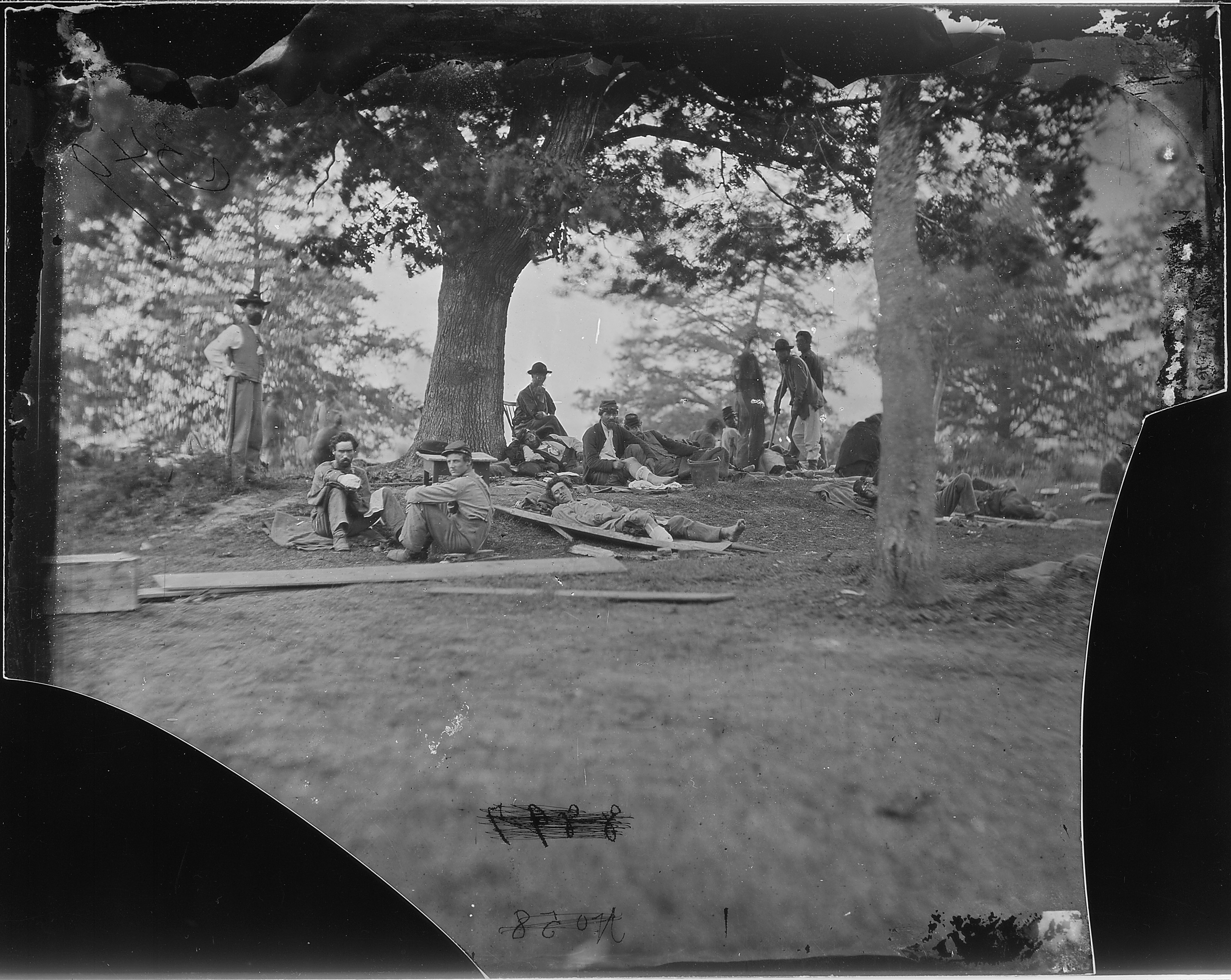
It was not unusual for wounded soldiers to wait for one to two days to receive treatment. Largely because of this delay in treatment, many injuries resulted in amputations. It is estimated that surgeons performed approximately 60,000 amputations throughout the entirety of the Civil War.
Cities Were Demolished
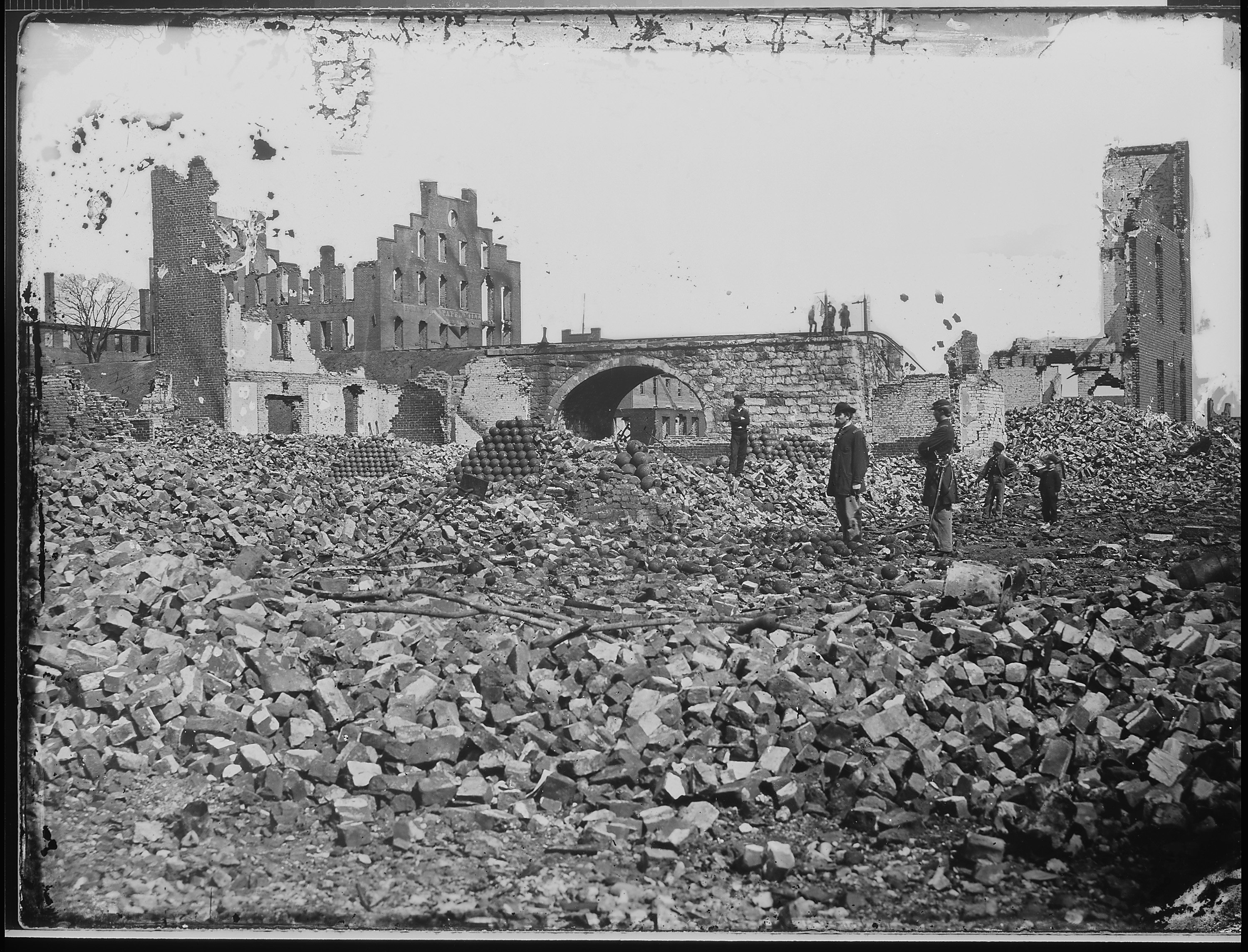
Along with the massive number of soldiers wounded, maimed and killed during the war, many enemy cities were captured and destroyed on both sides. As this photo of ruins in Richmond, Virginia depicts, the armies aimed to demolish factories, foundries and warehouses that produced war materials. But citizens were also affected. Some were physically injured while others lost property or were forced to become refugees.
Prisoners Of War Were Captured
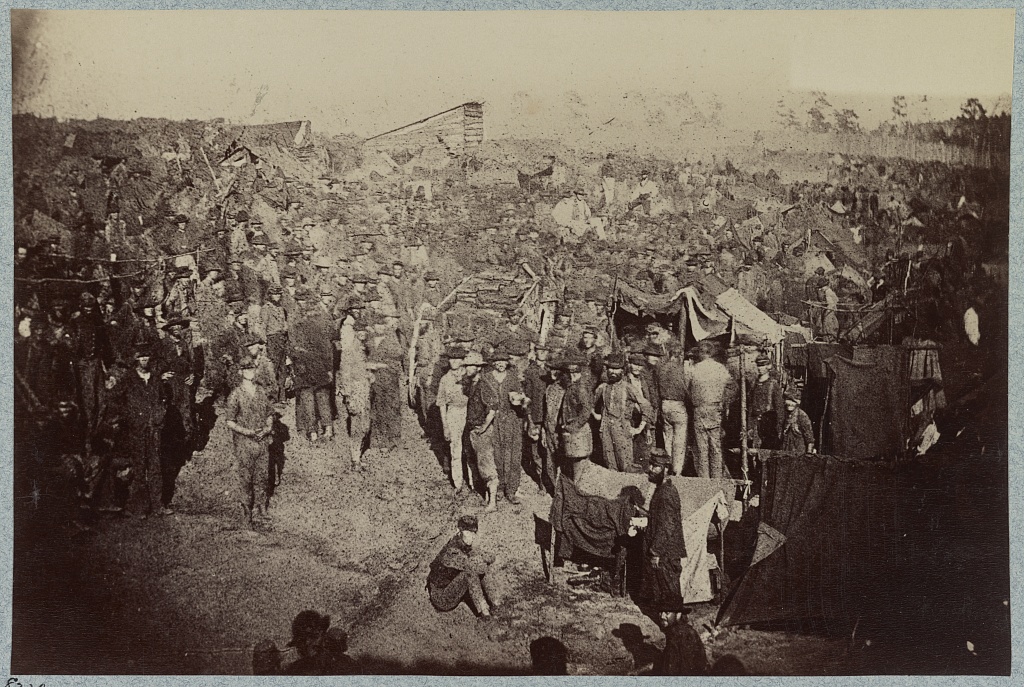
Both the Union and the Confederates confined captured enemies in prison camps. Union camps in Illinois, Indiana, New York and Ohio held about 220,000 Confederate prisoners. Confederate prison camps in North Carolina, South Carolina and Andersonville, Georgia (shown in this photo) held nearly 195,000 Union soldiers.
Many Prisoners Did Not Survive
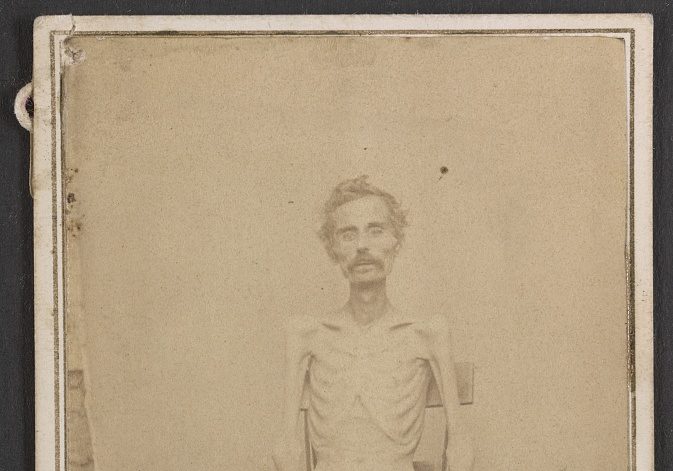
One of the darkest aspects of the Civil War is the treatment POWs received on both sides. Approximately 30,000 men died while captive in Confederate prison camps and nearly 26,000 died in Union prison camps. Even after their release, many men met their demise, such as the man in this photo. Private Phillip Hattle died following the poor treatment he received as a prisoner of war. He was about 34 years of age.
Sponsored Content


